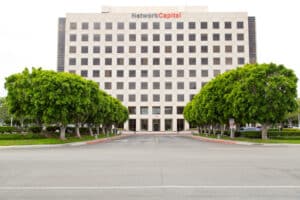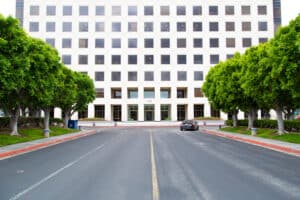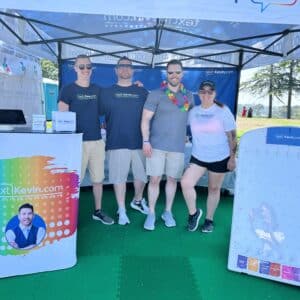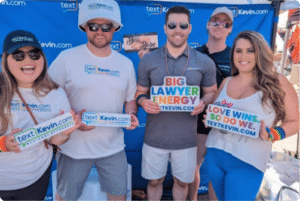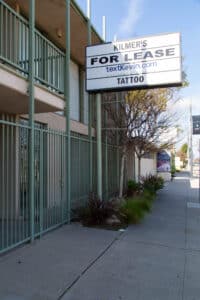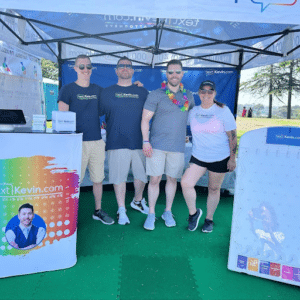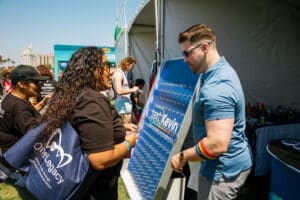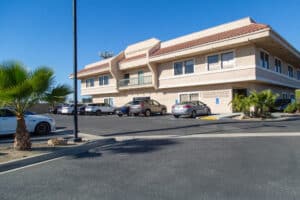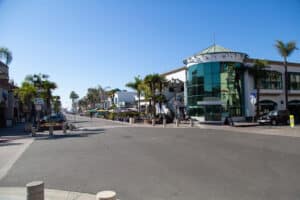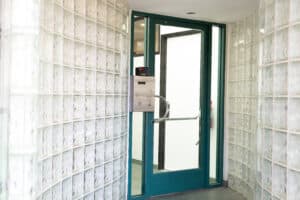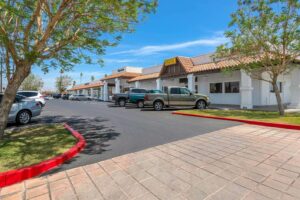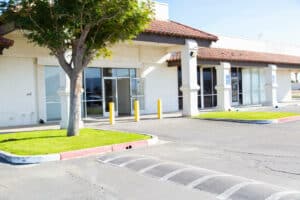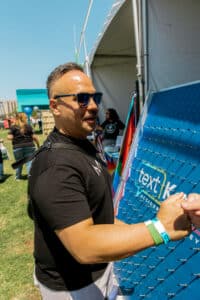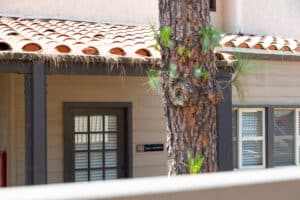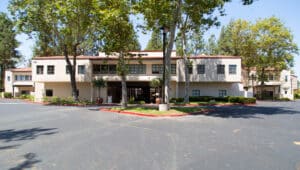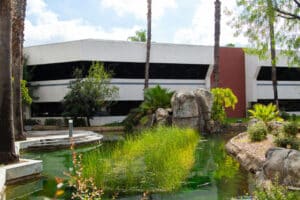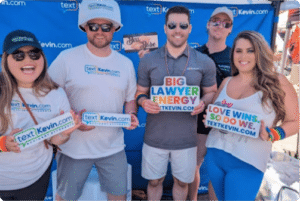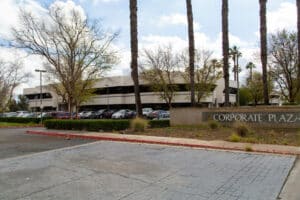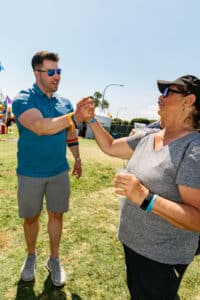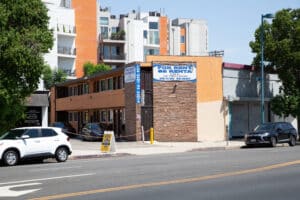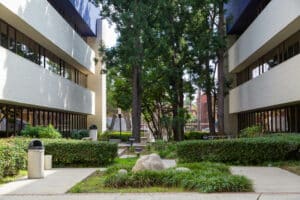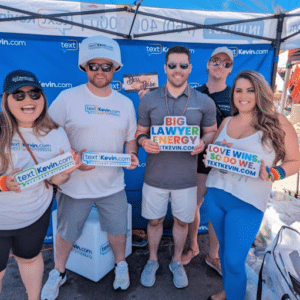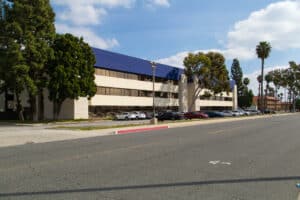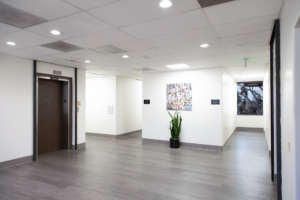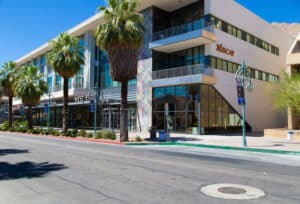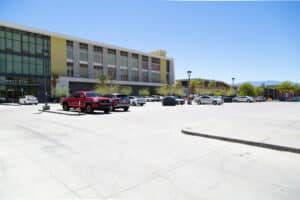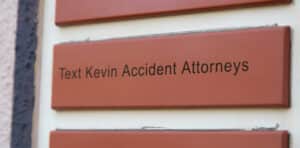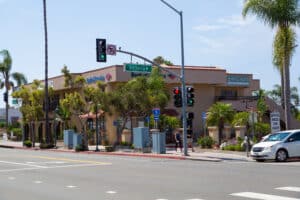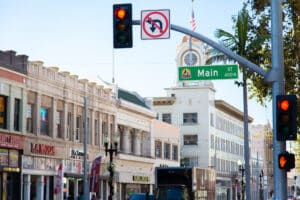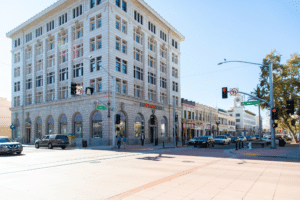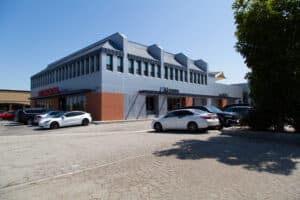California Vehicle Code 20002(a) states that drivers who hit another vehicle and subsequently fled the scene, they may be criminally charged at the misdemeanor level if the fleeing driver only caused property damage and there were no physical injuries.
If your vehicle was struck by another driver, either when you were driving or your vehicle was parked and you were not present, the driver that allegedly struck you could be charged with the crime of misdemeanor hit and run under CVC 20002(a). This assumes that only your vehicle was damaged and you did not suffer any injuries, whether you were present or not. This usually occurs when your vehicle is parked overnight and you wake up to vehicle damage with no information about how it happened.
If you have recently found your vehicle damaged with no idea of how it occurred, you still have options to pursue justice. You should immediately report the damage to your local police department, the California Highway Patrol (CHP), and then contact your dedicated California car accident lawyer with Text Kevin Accident Attorneys. Contact our office today to learn about how we can investigate the incident, coordinate with law enforcement to identify the liable party, and hold the alleged perpetrator accountable for the damages you have suffered.
Understanding Vehicle Code 20002(a) VC: Misdemeanor Hit and Run
CVC 20002(a) is California’s Vehicle Code that outlines the circumstances when hit and run could be charged as a misdemeanor. The legal text of CVC 20002(a) reads as follows:
20002.
(a) The driver of any vehicle involved in an accident resulting only in damage to any property, including vehicles, shall immediately stop the vehicle at the nearest location that will not impede traffic or otherwise jeopardize the safety of other motorists. Moving the vehicle in accordance with this subdivision does not affect the question of fault. The driver shall also immediately do either of the following:
(1) Locate and notify the owner or person in charge of that property of the name and address of the driver and owner of the vehicle involved and, upon locating the driver of any other vehicle involved or the owner or person in charge of any damaged property, upon being requested, present his or her driver’s license, and vehicle registration, to the other driver, property owner, or person in charge of that property. The information presented shall include the current residence address of the driver and of the registered owner. If the registered owner of an involved vehicle is present at the scene, he or she shall also, upon request, present his or her driver’s license information, if available, or other valid identification to the other involved parties.
(2) Leave in a conspicuous place on the vehicle or other property damaged a written notice giving the name and address of the driver and of the owner of the vehicle involved and a statement of the circumstances thereof and shall without unnecessary delay notify the police department of the city wherein the collision occurred or, if the collision occurred in unincorporated territory, the local headquarters of the Department of the California Highway Patrol.
(b) Any person who parks a vehicle which, prior to the vehicle again being driven, becomes a runaway vehicle and is involved in an accident resulting in damage to any property, attended or unattended, shall comply with the requirements of this section relating to notification and reporting and shall, upon conviction thereof, be liable to the penalties of this section for failure to comply with the requirements.
(c) Any person failing to comply with all the requirements of this section is guilty of a misdemeanor and, upon conviction thereof, shall be punished by imprisonment in the county jail not exceeding six months, or by a fine not exceeding one thousand dollars ($1,000), or by both that imprisonment and fine.
Drivers Can Face Criminal Charges for Misdemeanor Hit and Run Under CVC 20002
Drivers who hit your vehicle and fail to stay to exchange information or fail to notify the owner of a parked vehicle may be charged for violating CVC 20002(a). 20002 VC can be considered a wobbler offense, with personal injuries being the main determining factor that will decide if the charge is a misdemeanor or felony. If the driver flees and you are injured in the accident, the driver could face charges of felony hit and run under CVC 20001.
Notifying law enforcement, whether your local police department or the California Highway Patrol (CHP), may be your first step. Another option you should consider is to make your first call to your California car accident attorney with Text Kevin Accident Attorneys who can help coach you on how to report the damage to police. It is essential to identify the party that damaged your vehicle so you can pursue compensation for the financial damages you have incurred.
Our legal team has considerable experience and resources to conduct exhaustive investigations and work with law enforcement officials to properly identify the liable party. This will be critical in recovering the financial costs you have been forced to pay when you do not know against whom your lawsuit should be filed or whose insurance policy will be responsible for covering the expenses you are facing. Our legal firm can offer you a free consultation for your hit-and-run case even before the liable party is identified.
Examples of Misdemeanor Hit and Runs in Everyday Life
Several circumstances can result in careless drivers fleeing the scene of a collision. Alleged violators of 20002 VC may usually flee the scene because they may have an extensive criminal history or they have active arrest warrants. The driver that damaged your vehicle also may have fled because they were under the influence of drugs or alcohol.
Motorists who are driving under the influence (DUI) routinely damage parked vehicles when they attempt to drive. Because they would likely be charged with a DUI if they report the damage to a parked vehicle, they will usually flee rather than report that they have struck a parked vehicle. Even occasionally responsible drivers make the mistake of driving under the influence and while they would normally admit to hitting a parked vehicle, if they have been drinking, they fail to do so for fear of facing a DUI charge.
When drivers accidentally hit parked cars but are not driving under the influence, they may fail to report it because they may already have a criminal record and fear the prospect of returning to jail. They may also have active warrants and know that they will be arrested if they come into any kind of contact with police. For these individuals, they are likely not concerned with causing damage to a stranger’s vehicle.
Tip
Other Charges May Apply When Violating 20002 VC
Individuals who flee the scene of accidents are traditionally not concerned with the fallout of the collision. This is usually because they may have outstanding warrants for more serious crimes that may increase their punishment because they are now also responsible for a car accident. When they are identified for damaging your property, other charges they could face include:
- The original charge or charges that they are being sought for if the driver had active warrants
- Violation of California Vehicle Code 23152 if the driver was driving under the influence
- Reckless driving under CVC 23103 if security footage is available showing the vehicle crashing into your car
- Failure to stop under California Vehicle Code § 22450 CVC if we can prove the defendant had driven through a stop sign before striking your vehicle
- Violating CVC 12500 if the driver that hit your car did not have a valid license when the collision occurred
Creative prosecutors and overzealous law enforcement officers can find many additional charges when alleged perpetrators are arrested. Hit and run, whether at the felony or misdemeanor level, tends to show a complete disregard for other people’s safety and a general lack of respect for other people’s property. Regardless of the outcome of the criminal case, the charges against the person who damaged your vehicle can be critical evidence when pursuing compensation for your damages in a civil claim.
Hint
When we are able to identify the liable party, they may not have adequate insurance coverage to repair or replace your damaged property. Drivers are required to carry a minimum of $5,000 in liability insurance according to the California Department of Insurance. The liable party may be open to additional charges if they do not have the minimum insurance coverage.
Drivers That Damage Your Vehicle and Flee Should Compensate You For Your Damages
Incidents of hit and run occur when your vehicle is parked and is struck or another driver hits you but does not stay to exchange information. Identifying the person who struck your vehicle and caused physical damage to your car can be a difficult process. If you have security cameras where you park your vehicle, it is possible that police or investigators working with Text Kevin Accident Attorneys may be able to identify the responsible party if the incident is captured on video.
Building a powerful case with supporting evidence is essential to recovering the costs of repairing your vehicle. Retaining a dedicated car accident lawyer in California is vital to tracking down the culprit. We can work with law enforcement and other entities to use all the available information and resources to identify the person responsible.
Reporting Requirements When Damaging Private Property
If the person that damaged your vehicle or other personal property, that person must locate and notify you as the owner of the vehicle or property. If they are unable to locate or otherwise contact you, they are required by law to leave written notification. This notification must include the following information:
- The responsible party’s name, address, and contact information
- The responsible party’s driver’s license information
- A description of the incident and how the damage occurred
- The responsible party’s motor vehicle insurance information
Penalties for Violating CVC 20002(a)
Failure to adhere to the reporting requirements above will lead to a violation of 20002 VC. The liable party could face serious penalties once they are positively identified. Once we can identify the party responsible for damaging your vehicle, they could face penalties including fines up to $1,000 and imprisonment of no more than six months in a county jail, or both the fine and incarceration.
FAQs for CVC 20002(a)
How can I determine who damaged my property?
What if I do not have video footage of the incident?
Can CVC 20002(a) be elevated to a felony?
Pro Tip
Any damage to your property, including your vehicle, should be reported immediately to the police as soon as you discover it. If there are any cameras nearby where the damage occurred, the police can request the footage before it is deleted or overwritten. We may also be able to request copies of video footage as your chosen legal representatives.Contact Our Trial-Proven Car Accident Lawyers Today For a Free Consultation
If you were in the vehicle when it was struck by a driver who subsequently fled the scene, but you were not injured, that driver can still face criminal charges for leaving the accident site under California’s 20002 VC. The suspected party may also be subject to these charges even if your vehicle was unoccupied at the time. Regardless, that driver is liable for the financial damages you have suffered.
Once we can identify the at-fault party, we will work tirelessly to pursue the compensation you deserve to repair or replace your property. Text Kevin Accident Attorneys has recovered millions of dollars for our clients. Your no-cost, no-obligation consultation is just a call away, or fill out our convenient contact form to schedule your appointment as soon as today.




















